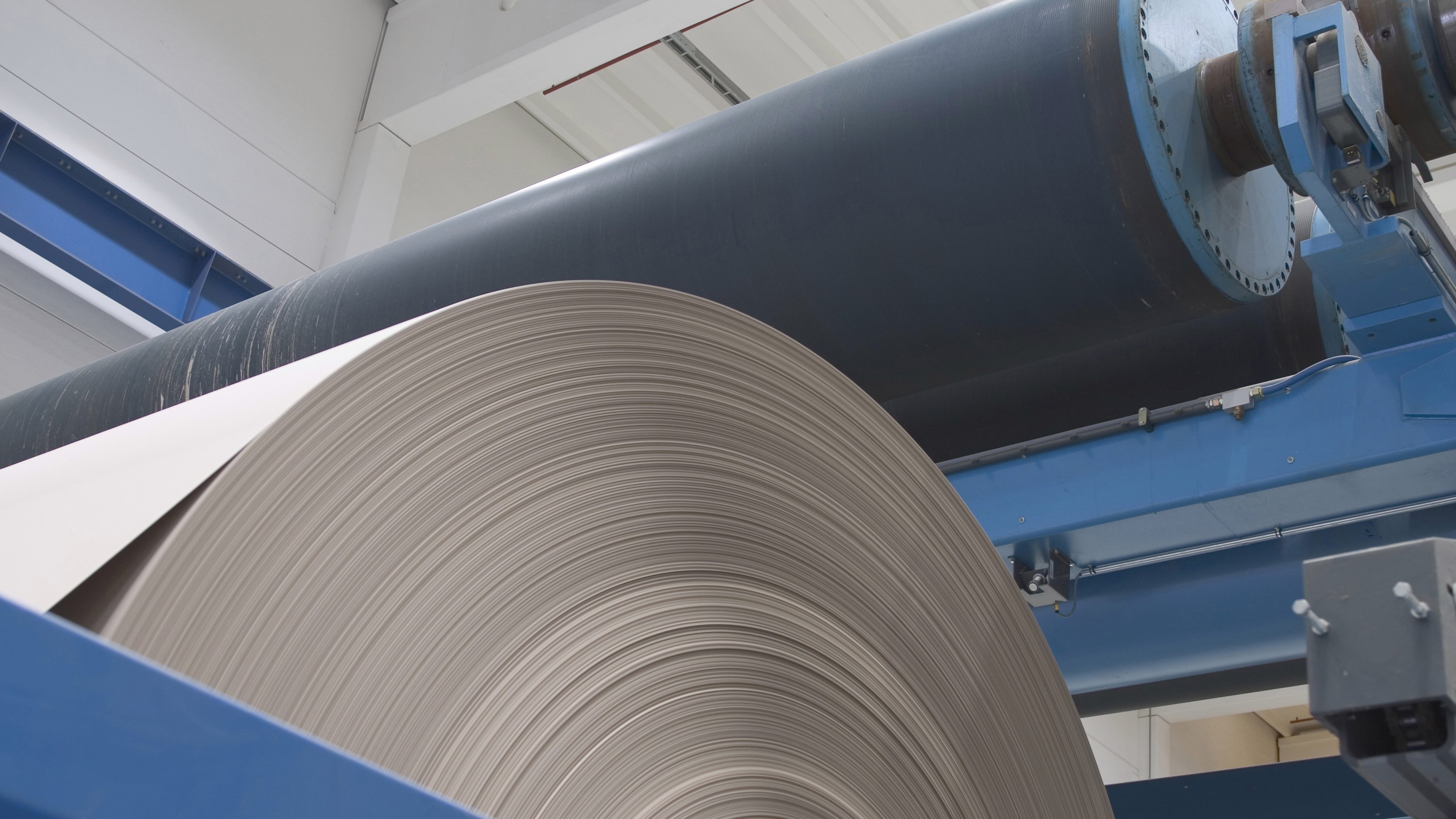More. Better. Faster. That is the slogan for any commodity manufacturer intent on prevailing in the marketplace. And it is also a familiar mantra at one paper mill in the U.S. Midwest.
Yet, while the mill produces corrugated paper from recycled paper – definitely a commodity good – the operation is far from run-of-the-mill.
For one thing, the mill has followed environmentally sound practices since opening its doors more than 50 years ago. The paper mill uses 100 percent recycled paper in its manufacturing process. The mill is also certified for the Sustainability Forestry Initiative and received the Program for the Endorsement of Forest Certification.
Today, the mill produces corrugating medium, or containerboard, for use by sheeting and box plants. The mill efficiently produces about 225,000 tons of material each year using two Fourdrinier paper machines that run at speeds in excess of 2,000 feet per minute.
Optimizing Asset Performance and Uptime
Several years ago, one of the mill’s aging paper machines began to show signs of wear and inefficiency, threatening the mill’s high standards of productivity and uptime. Replacing the colossal machine meant a major investment in time and capital, but it was unavoidable.
Once funding was approved, the mill’s small but talented staff of engineers, designers and electricians was enlisted to commission and install the new equipment, which included a new Fourdrinier paper machine and couch, press sections, dryer sections and winder. While the staff demonstrated their expertise by completing the complex machine engineering on their own, they also relied on an outside team from Rockwell Automation to help them through the startup and commissioning process.
To optimize asset performance and uptime, the mill specified a Rockwell Automation control solution. The machine, engineered by Rockwell Automation, uses an Allen-Bradley® PowerFlex® 755 AC drive system to provide adjustable-speed motor control for the wet end, dryer, reel-and-spool and winder sections. The control architecture incorporates a total of 30 drives and motors, running from 5 to 400 horsepower. The machine also is equipped with an Allen-Bradley ControlLogix® programmable automation controller to integrate the drive systems, and execute all control and motion functions.
After working through the challenges of installation and commissioning, the mill’s management realized that their ongoing maintenance requirements would exceed the capabilities of their small crew. They decided to support machine maintenance through remote monitoring.
Remote monitoring and support
“One thing I like about the PowerFlex 755 AC drives is that they’re modular, so they’re very easy for our staff to change out,” said the mill’s electrical and instrumentation technical supervisor. “At the same time, we don’t have the drive experts in place to monitor and maintain the drives around the clock. That’s where we needed some help.”
A team from the mill toured another company’s steel mill and spoke with the plant’s lead engineer about their positive experience with Rockwell Automation. Following these discussions, the team at the time was confident that a Rockwell Automation Assurance™ Integrated Support contract was the way to go.
Rockwell Automation worked closely with mill engineers and management to provide detailed financial justification for the support agreement. They used machine historical data to calculate the potential cost avoidance of downtime and labor expenses against increased uptime and efficiency. The analysis was thorough and the lifecycle savings were compelling.
Today, Rockwell Automation provides the mill with real-time, application-level industrial support from a designated team. The support includes 24/7 remote monitoring of more than 2,000 machine data points, supplemental consultation on machine changes and additions, and quarterly performance reviews.
The support includes product and programming software, and the team has continuous access to the mill’s system. Rockwell Automation engineers remotely access the system to collaboratively and proactively troubleshoot issues through a dedicated T1 line linked to the machine’s automation system via an Ethernet connection.

